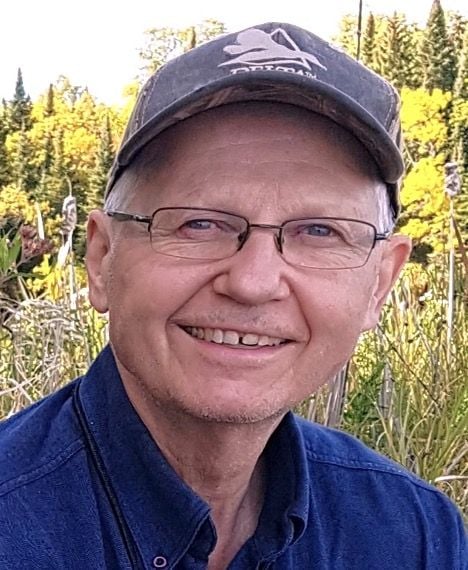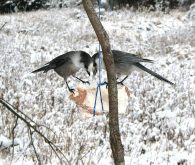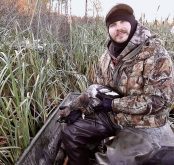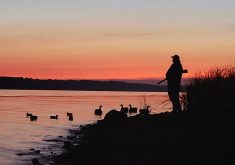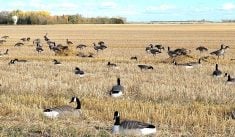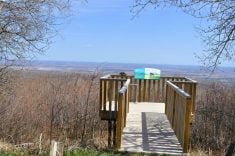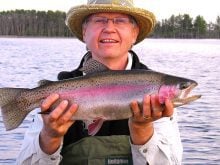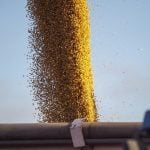James (Jim) Duncan’s email address – owlodessy – pretty much sums up his life. Few folks have been tied to a bird the way great gray owls have defined him and his family.
Now in his retirement years–though hardly retired–he still lives his self-described “owl lifestyle.” His academic expertise is recognized globally and he has been invited to tell the story of owls worldwide.
James Duncan’s work has contributed priceless data on Manitoba’s official bird, the great gray owl.
I met Duncan a little early in my career, but we connected more often when he was provincial director of fish and wildlife. I had a senior role at the Manitoba Habitat Heritage Corporation, so it was useful for us to keep in touch. Regular breakfast meetings began with the obligatory work chatter, but I couldn’t resist going off-script. With a breakfast partner that has led a singular life, it was usually a three-coffee-refill meal.
Read Also
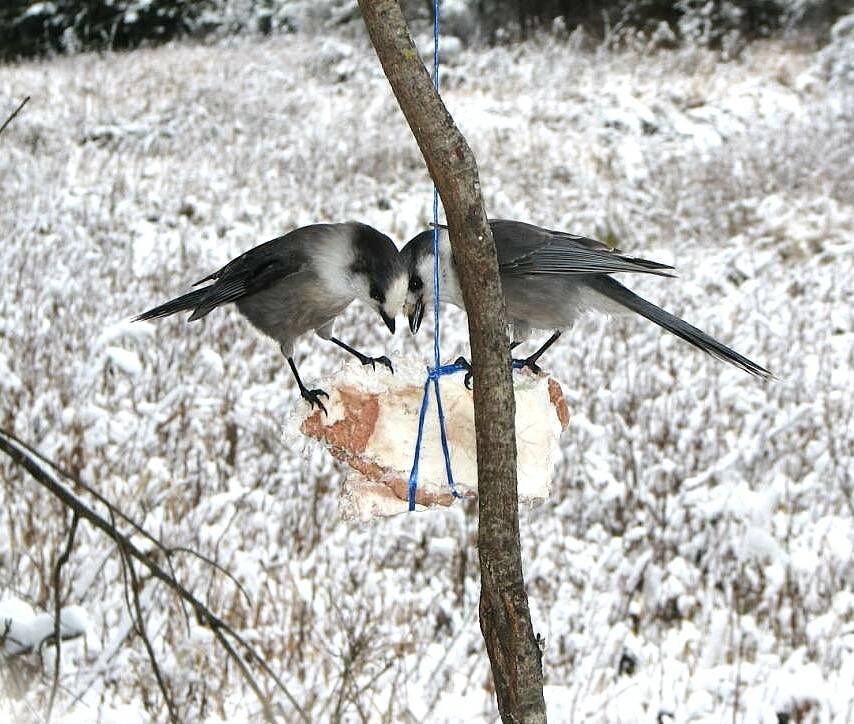
Hunting with whiskey jacks
Canada jays, or whiskey jacks, are bold little deer hunting pals that don’t mind getting close, if it means a piece of the offal or deer fat left over from a successful forest hunt in Manitoba.
Calling to set up an interview for this story, I thought that I would drive to his home, located on a quarter section of pasture and woods in the southern Interlake. He deferred. Instead, he whimsically asked, “Why don’t you come to school with me?”
Going to school with Jim Duncan meant tagging along to an owl presentation. Shoe-horned among his many duties as a husband, parent, professional wildlife manager and owl researcher, Jim has spent decades educating adults and youth about his favourite kind of wildlife. He will be doing his 500th presentation this June.
I sat at the back of the room on a kid’s chair in Ms. Kelly’s Grade one class while Jim and his owl pal, Rusty (a hand-raised long-eared owl that could not be released back to the wild), became a window to owls, nature and biology.
The normally squirmy bunch of kids was locked on to their presenter for over an hour. With his cute, feathery sidekick, Duncan could have done a cheesy, “Aren’t owls pretty?” session. Instead, he brought biology to the classroom, having the kids join him in little experiments to help highlight the adaptations that made owls successful predators. He brought up fun and gross stuff, like how they eat mice whole and throw up the bones and fur in dainty pellets.
If for only a brief moment, I think that every kid in that room wanted to grow up to be a biologist.
Later, I asked the teacher what she thought. “This was the best classroom presentation I have seen,” she said. “Ever!”
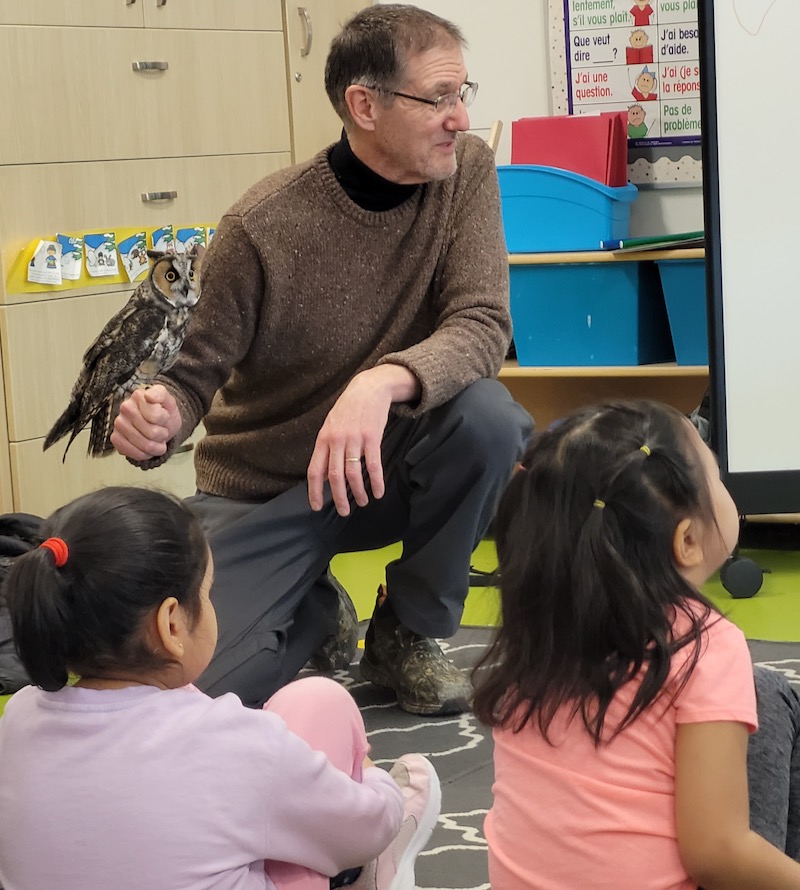
Raising Jim Duncan
Duncan showed signs of his future self even as an infant. His mother has said that she could put baby Jim down and he would be content to watch the world around him.
As he grew, his parents encouraged his natural history, packrat behaviour, allowing dead things he brought home to accumulate next to meals in the family freezer. He did a zoology degree at the University of Guelph before returning to his hometown to complete a master’s degree at McGill University on kestrels (a small falcon common in these parts). He began his doctorate in the mid-1980s in Manitoba, working on great gray owls under Robert Nero, an eminent ornithologist who had been doing owl studies while employed as a senior ecologist in the provincial wildlife branch.
Duncan’s PhD experience was a tour de force of groundbreaking owl research and unique approaches to fund the high costs that went with it. His fieldwork included tracking radio-tagged owls across Manitoba, western Ontario and Minnesota. He would log up to 60,000 kilometres a year in his Jeep, in addition to costly hours in an airplane to find birds that had moved great distances.
His advisor believed that researchers had a responsibility to engage the public. Nero travelled endlessly with Lady Gray’l, a great gray that was injured and could not be released, to increase public awareness about owls. When the government of the day decided to designate a provincial bird, great gray owls already had the inside track. What other bird got to make trips to the minister’s office?
To help fund their owl research, Nero and Duncan asked for speaking fees from audiences wherever it was reasonable. In addition to the usual research grants, their work also ran on broad public support, a model that Duncan has carried on to this day and has spread to owl research led by others (more details about his educational initiatives are available online).
Along the way, he became close to a fellow zoology student who worked as his field assistant and, ultimately, became his life partner. That simple phrase has a great depth of meaning for the couple. Patsy Duncan, a professional biologist in her own right, has been an essential collaborator in the decades-long owl journey.
Jim Duncan’s PhD focused on how snow and meadow vole population fluctuations impact owl movements (among the many small mammal species scurrying about in forests and meadows, great gray owls almost exclusively eat meadow voles). The research revealed that the owls’ hunting adaptations can handle deep snow, but great grays will travel long distances when a local vole population crashes.
But even with the six-year span of the PhD, fundamental questions were still not settled. Bitten by the owl bug, the Duncans decided they wanted to undertake longer studies of owl movements and vole fluctuations. They just weren’t sure how to pull that goal off.
Conservation with a side order of owl research
With a PhD in hand, Jim Duncan knew he had to get a real job, and it wouldn’t be tied to owls. But he was also driven to keep up the monitoring work. How could he do both?
The moment came in his first full-time job interview. Things were going well and, when they asked if he had any particular needs, he just blurted out that he would need some time on the job to continue some research. To his amazement, instead of blowing the interview, he was hired. Thus began a stipulation throughout his career that he be able to include a small amount of work time to his own projects.
In the long run, biological science has been the great beneficiary.
For 25 years Jim and Patsy Duncan have carried out a sampling program to monitor short- and long-term fluctuations of voles. They also made time to study and band owls during the nesting period and through the winter. This incredible teamwork and persistence has resulted in long-term data for a predator and its prey, a rarity in the world of biological studies that usually focus on one species and end after two years, four tops.
Their two children grew into the lifestyle, where owl banding on the weekend was just par for the course. It is no surprise that both now have science-based careers, one in conservation biology.
Fishing for Owls
The pair is well practiced in the art of what can be accurately described as “fishing for owls,” an activity that can only be carried out under a strict research permit.
After finding an owl perched on the side of a road (often the hardest part), the Duncans set up on the shoulder with a fishing rod, string, and a brown, furry lure that looks like a vole. The lure (no hooks, of course, in case you were wondering) is cast across the snow and slowly pulled back. The owl, probably not believing its luck, swoops in for the kill and, when close enough, a big fishing net is gently clapped over it. Once the owl is carefully restrained to prevent injury, they gather key data such as sex, weight, age and general body condition. It is then banded.
Over the decades, Jim and Patsy Duncan have tagged upwards of 2,000 owls—mostly great grays, but also a number of northern hawk owls and a smattering of five other species. Of those, about 800 have been taken by the strictly catch-and-release owl fishing technique. They also spend a great deal of time searching for owl nests and will capture and band adults and young there.
Bringing owl research to the world
As if they weren’t busy enough, the Duncans initiated a citizen-science owl project in 1991.
The Manitoba Nocturnal Owl Survey engages gangs of eager volunteers on defined, backwoods routes, stopping at regular intervals to play owl calls and record responses. It sounds easy, until you remember that owls are most active at night, so the work also happens in the dark. Replicate this wonderful madness over many survey routes and many years, and you have data on owl population fluctuations.
The Duncans have published three scientific papers from that data. After leading the project for over 25 years, they passed the torch in 2016 to a national group, Birds Canada, which has expanded the survey across Canada (visit the Birds Canada website for more information).
Jim Duncan has published over 40 papers to date, and figures he has about 10 to write before he winds down. He has lost count of popular articles he has written or has had written about him.
His reputation and writing skills have resulted in three coffee-table hardcover books on owls, any of which I highly recommend to nature lovers. I once asked him how he found the time, given work, family and the owl research commitments. “Well, I got up two hours before breakfast every day and wrote,” he responded matter-of-factly.
Jim retired as director of fish and wildlife in 2018, but the owl work continues. He is frequently an advisor to nature film productions and has been both behind and in front of the camera for productions aired by CBC, BBC, Apple TV and Netflix. An owl film he worked on with NHK in Japan became the second most watched nature film in that country.
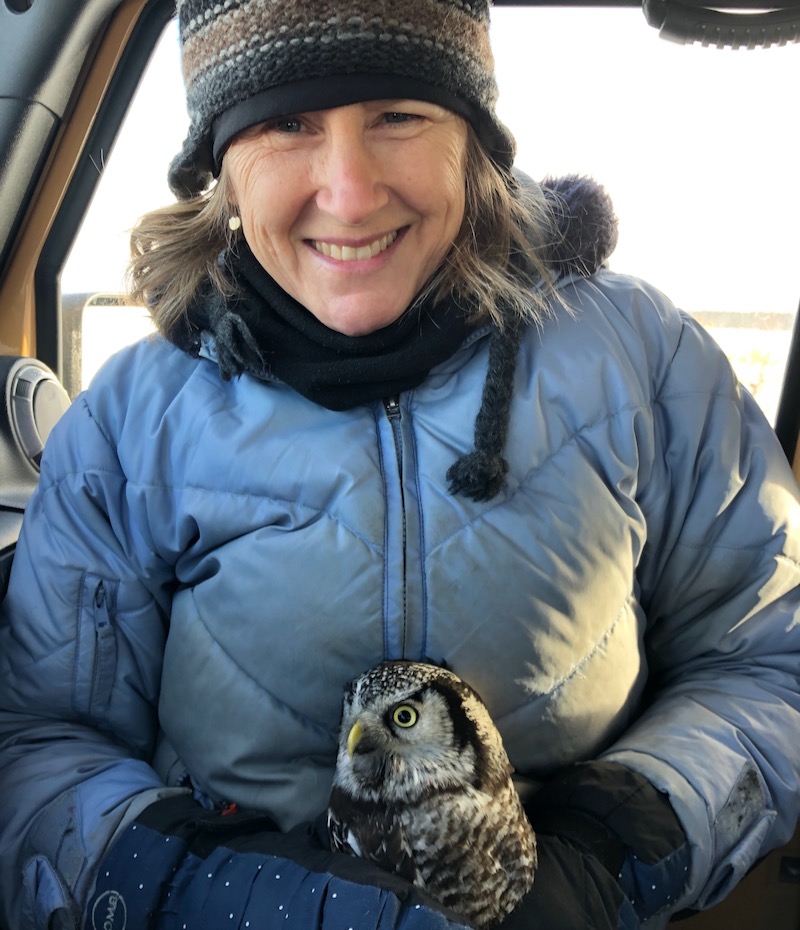
A lifetime commitment to owls has instilled a profound appreciation for the beauty and complexity of nature. When I asked how owls affected him on a more personal level, he said, “They brought me love.”
“I met Patsy because of owls. They brought me to amazing places throughout Manitoba and around the world and, perhaps as important, they helped me to meet so many amazing people.”
Duncan’s owl odyssey is not over but I would like to think that, because of the broad interest and passion that he has built over the decades, there are eager young people who will take the mantle and carry on down the road. Perhaps I even saw one in Ms. Kelly’s grade one class.

